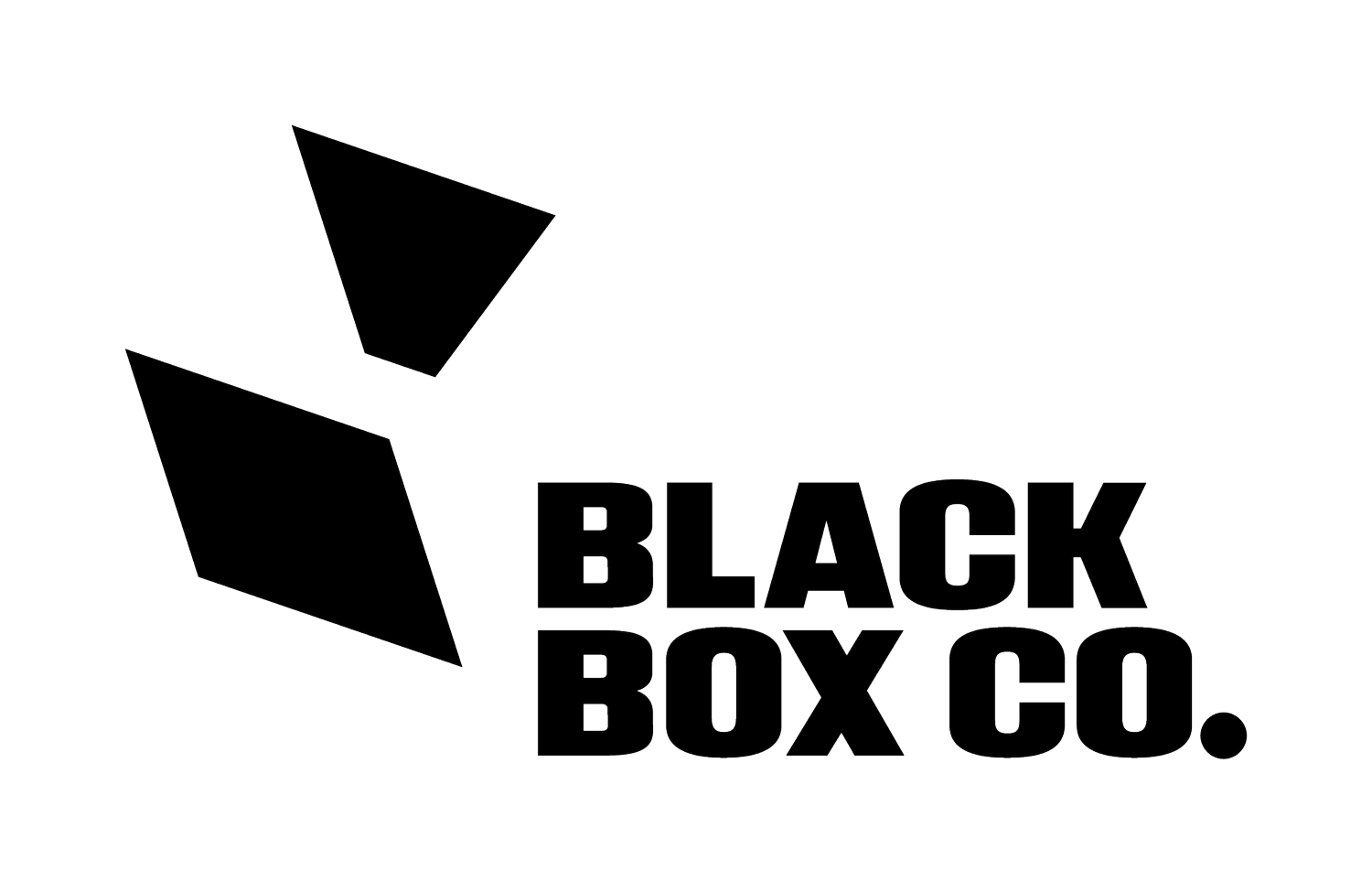How to pick a winner for a feedlot
Feedlots are by nature very data driven businesses. The difference between making money and losing money can be a number of 1% gains or losses that stack up. Fairy unanimously feedlot managers would agree that the biggest decision is made by the buyers or in reality what do they buy and for what price. The General Manager of Whyalla, Tony Fitzgerald, put it nicely - “The biggest part of our business is getting the cattle buy right”.
So when buyers are in the saleyards, visiting suppliers or on AuctionsPlus how do they know what to buy and whats the right price. Most experienced buyers have an innate knack for this and do very well but in an industry where the 1% matters many buyers are turning to additional information to make that profit margin.
Most buyers will know the specifications of what they are looking for:
entry weight range
teeth
sex
breed
But its often the performance in the feedlot and the little idiosyncrasies that move the needle such as:
hospitalisation and vaccination status
lameness and weight gain
marbling and time on feed
These traits are all more difficult to measure and more difficult to predict when you’re facing a fast talking auctioneer at Roma Saleyards. That’s where many feedlots are turning to data, to empower their buyers with information in their smart phones or tablets which enables them to make the best decision on behalf of the feedlot.
Simply by knowing and assessing data by vendor or saleyard, they can get a quick snapshot of past performance.
Saleyard data coming directly from the NLIS database or your Agrinous purchase reports.
They can also choose to dive in deeper with information on hospitalisation or marble score. This information makes them some of the most informed buyers at the sales, and regardless of experience they can make an informed call on whether to keep bidding or pass in.
Andrew Talbot, General Manager of Killara Feedlot stated “Currently feedlots like Killara pay premiums to suppliers who have previous records of delivering 25% plus 4sc and better. Only problem is that the feedlot wears the risk that they don’t marble. That’s why supplier data is so important.”
In a tumultuous cattle market and rising costs it is important to make the right choice when it comes to buying cattle and the 1 % have never been more important.
If you or your buyers would like to be armed with similar information then get in contact today.


